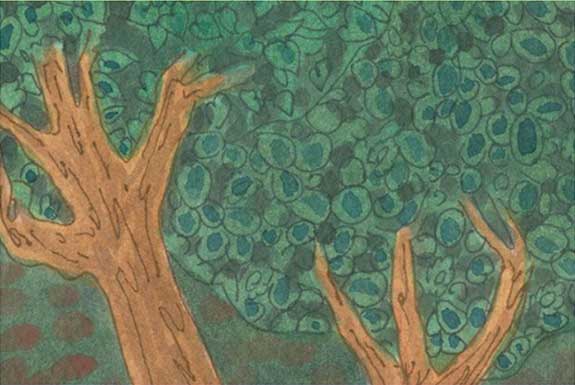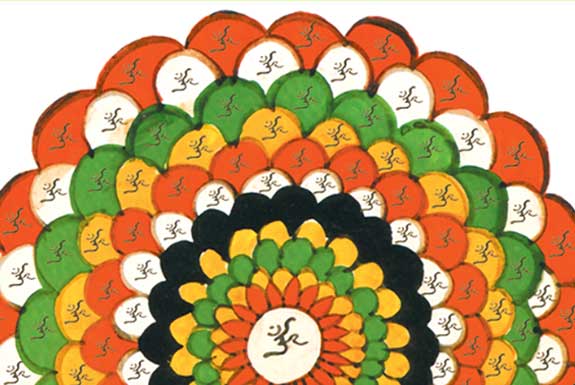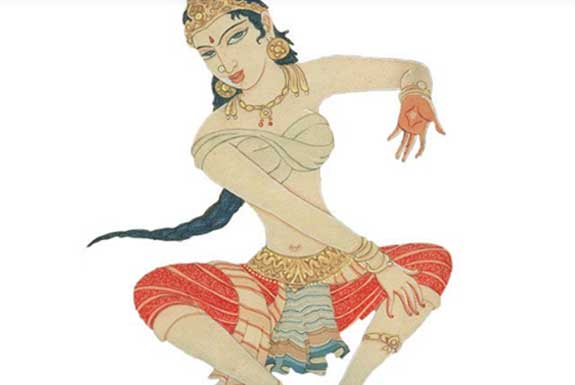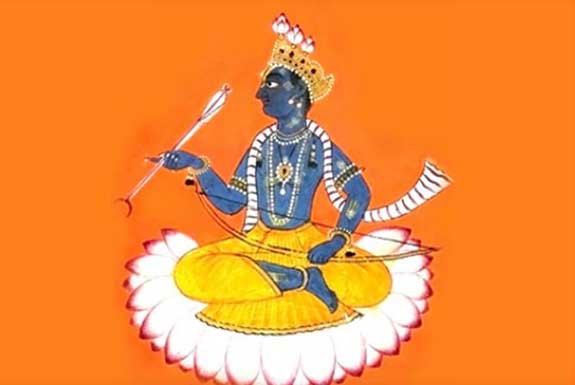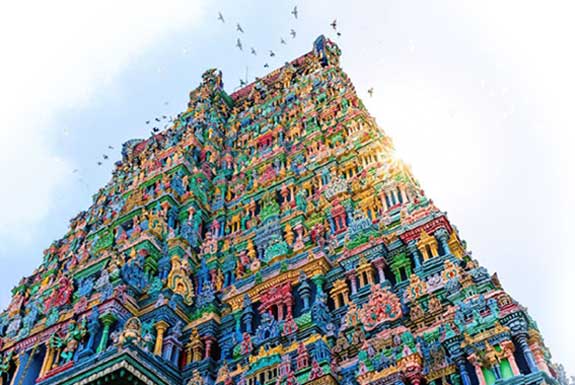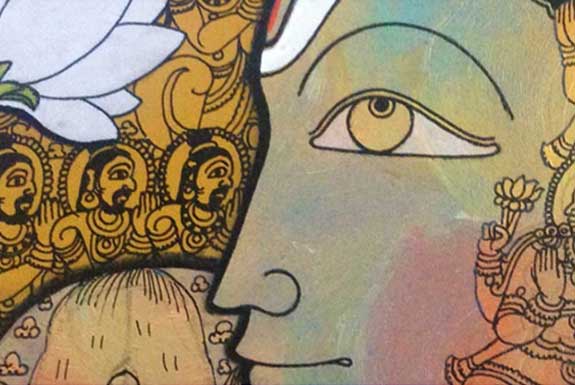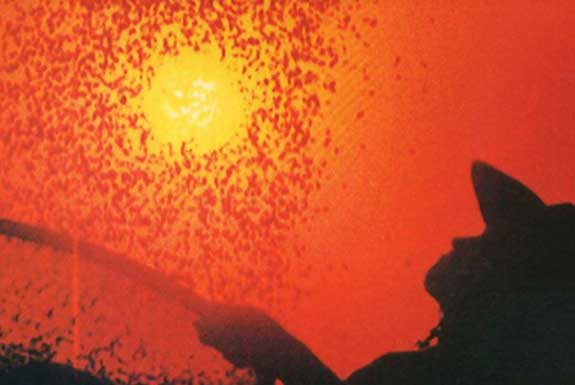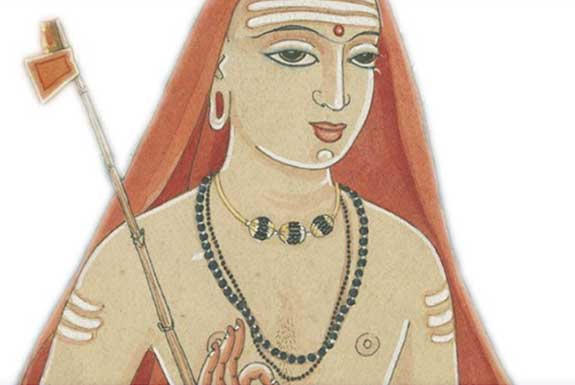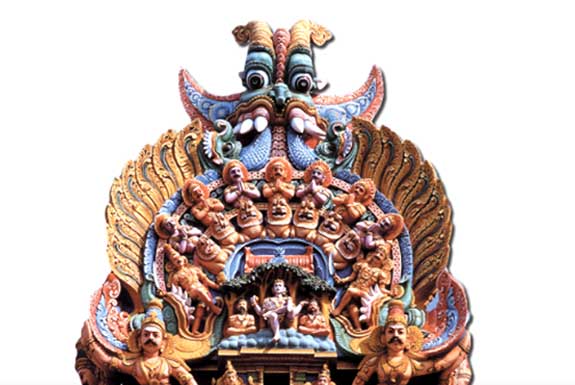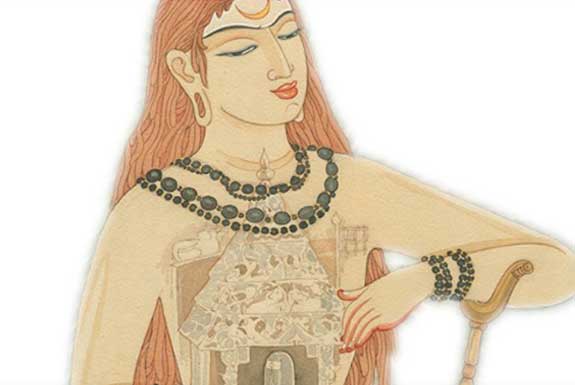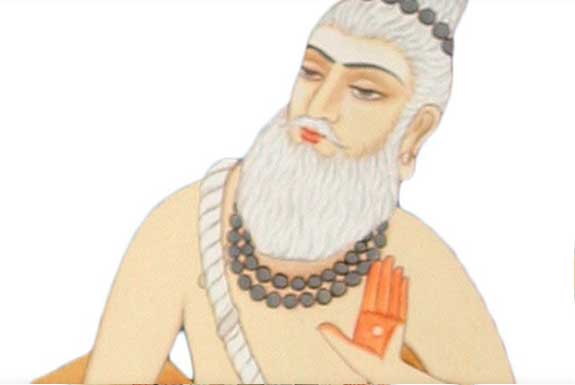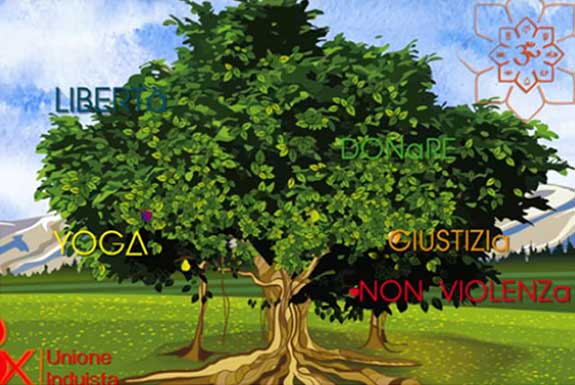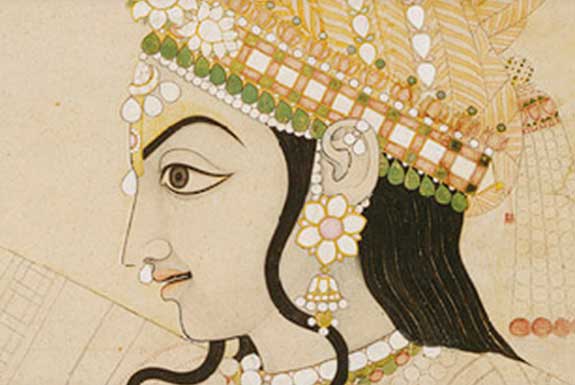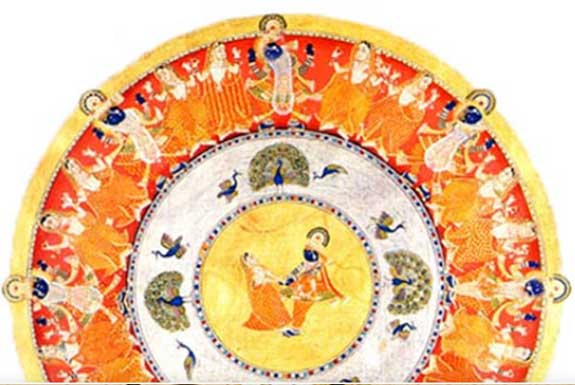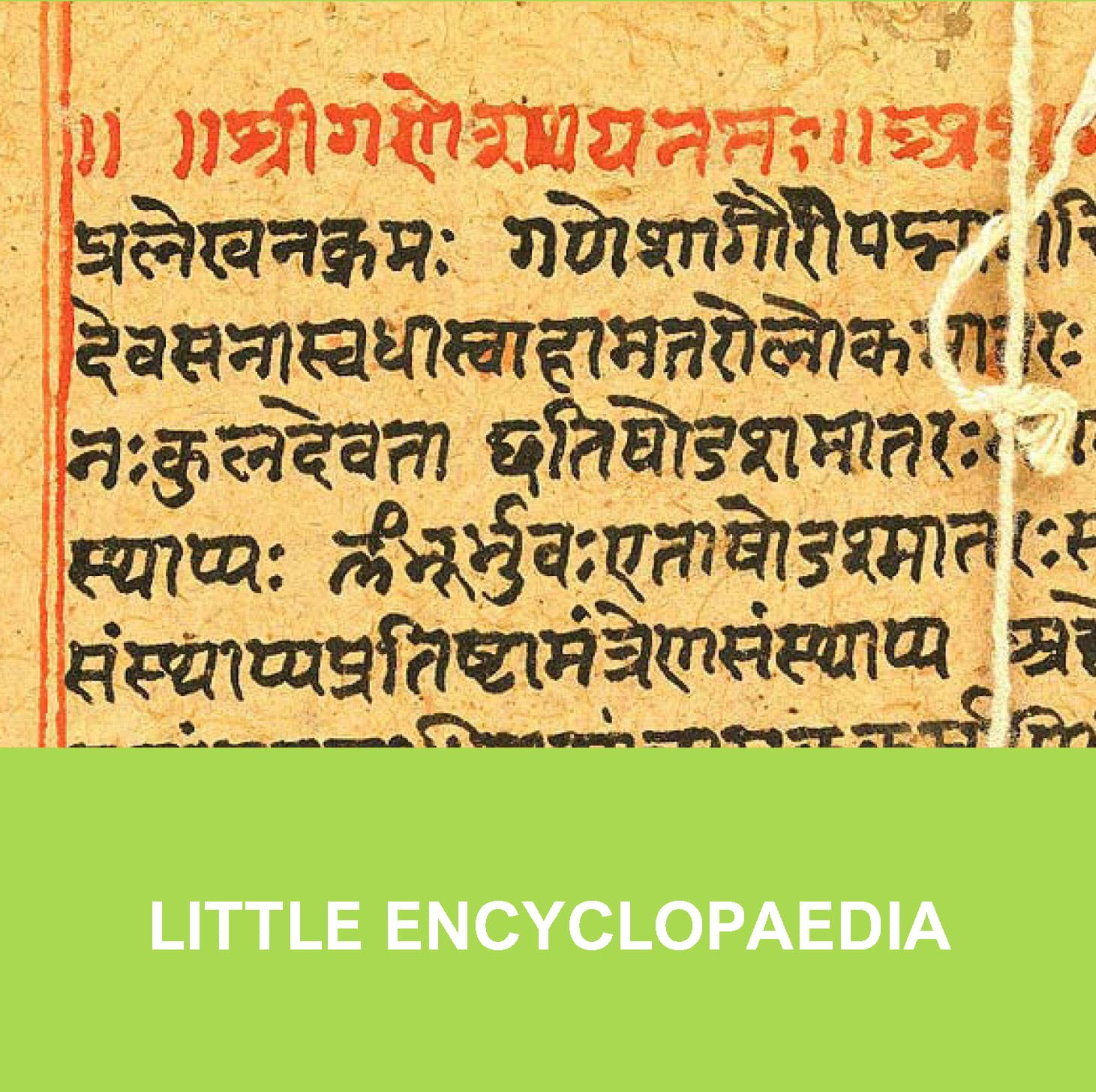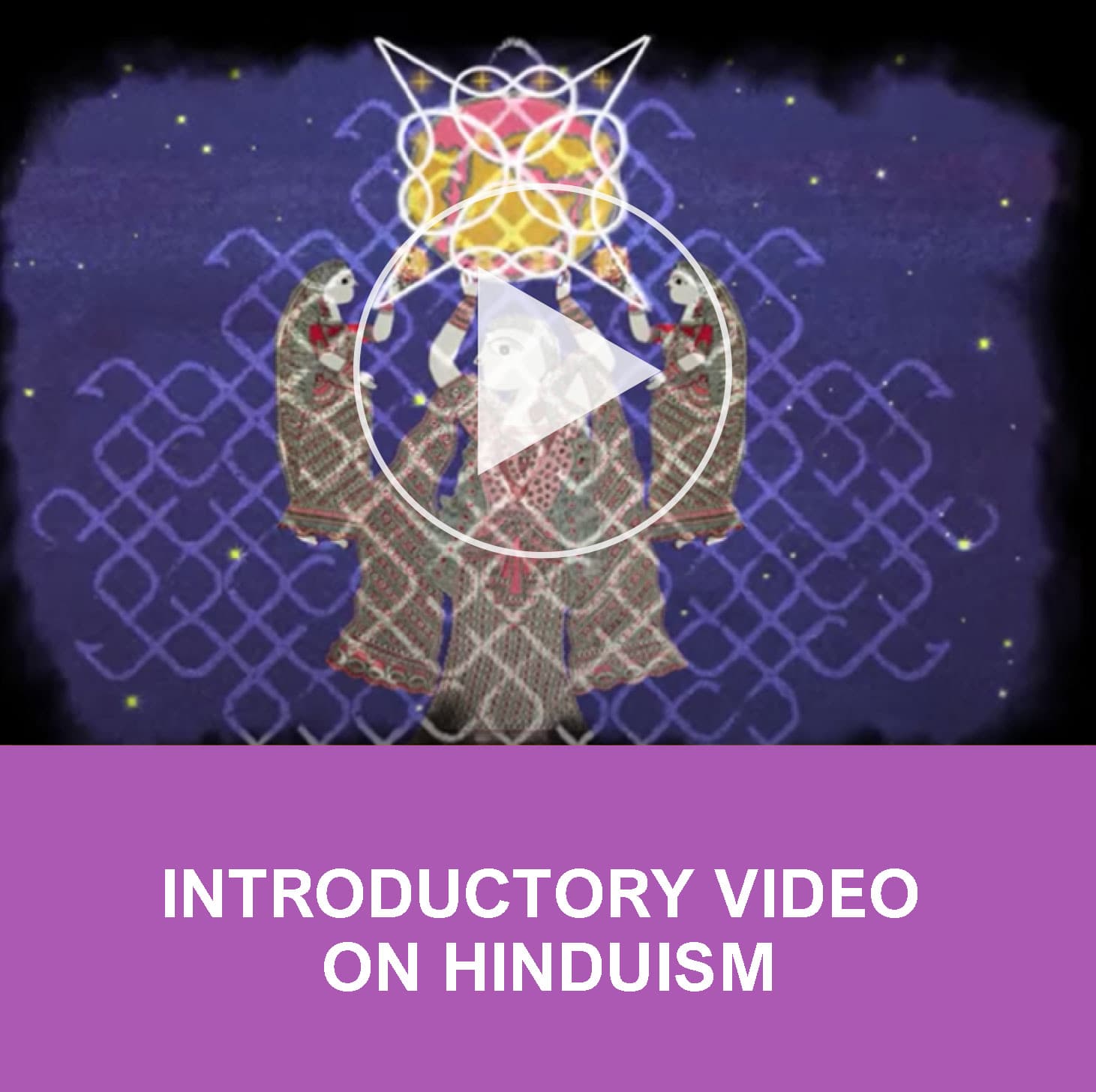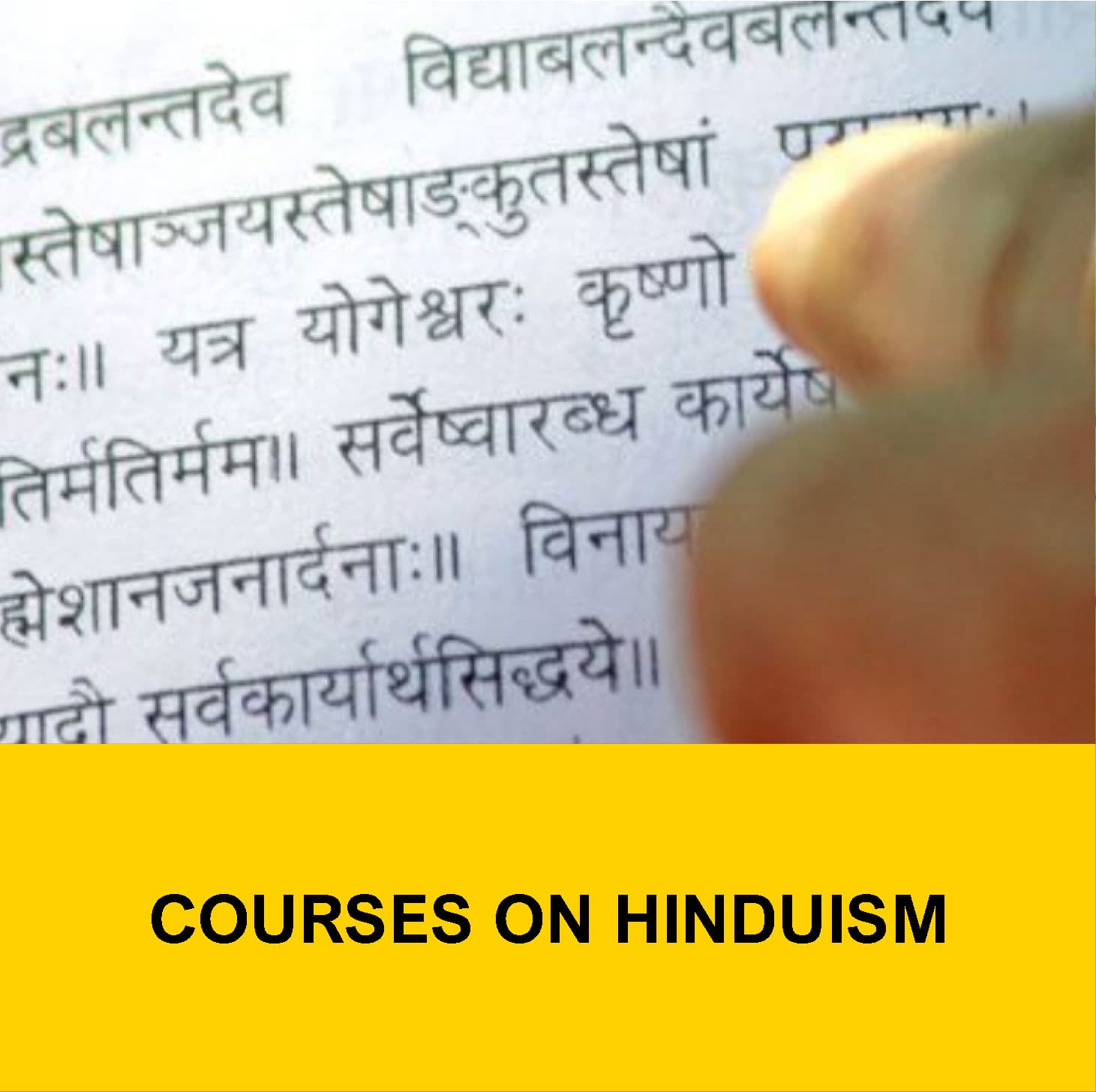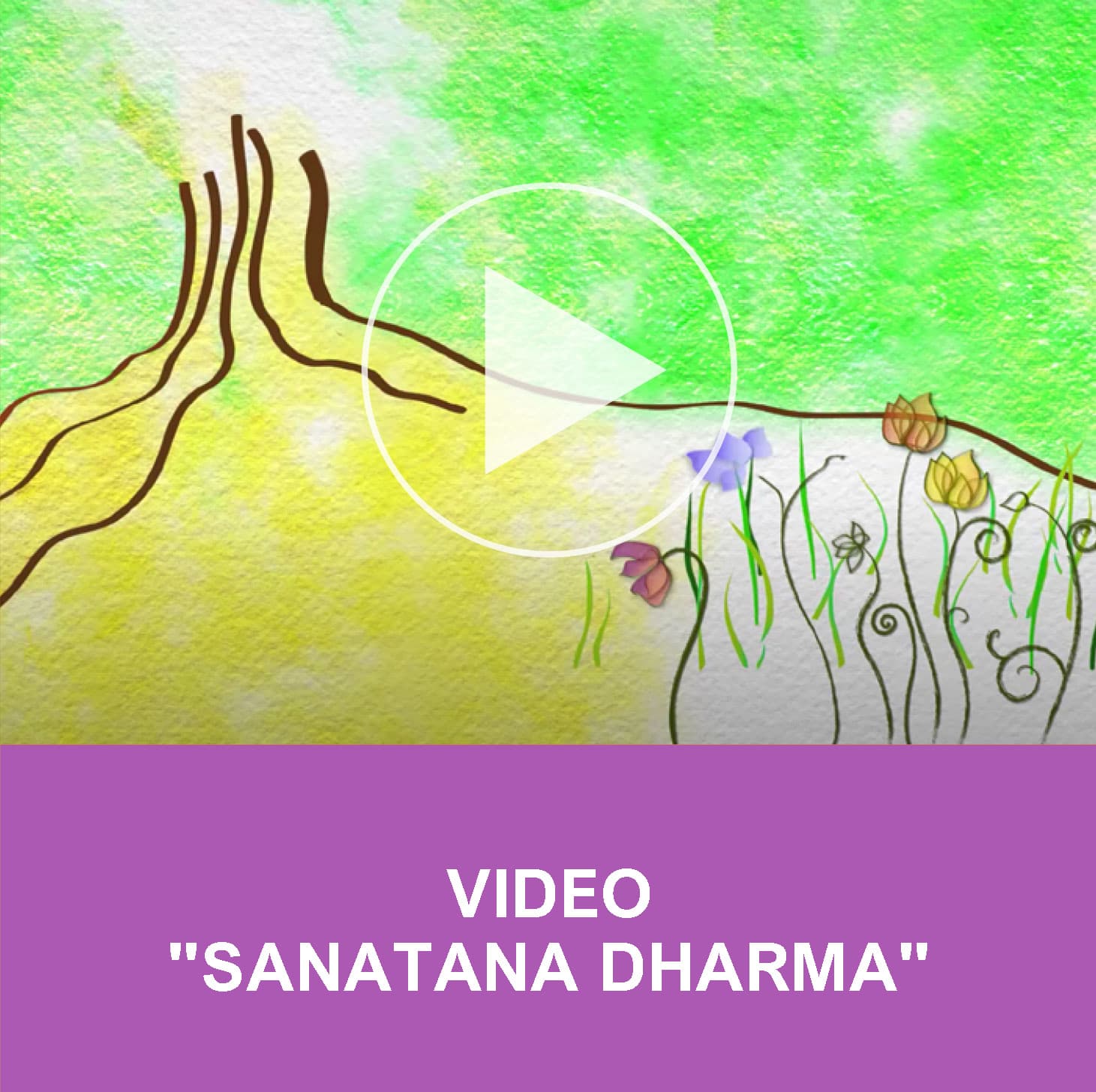LITTLE ENCYCLOPAEDIA
VEDA
The Vedas reveal the Truth of the One in the form of many Deities. The worship of each one of these is like a ghat on the river called the Veda. […] These different forms are like branches coming from the same root.
(Shankaracarya of Kanchi, Sri Chandrasekharendra Sarasvati)
The Veda is the sacred Knowledge, the divine Truth. It has not been modified by man, apaurusheya, and is eternal, anadi. The Veda outlines the boundaries of Hindu orthodoxy: it is the supreme authority, pramana. It contains the foundations of Hindu culture, spirituality, arts and sciences.
The compilation of the Veda has been attributed to the rishi Vyasa. He transmitted it orally to his 4 disciples who gathered it in large collections, samhita: the Rig-, the Yajur-, the Sama- and the Atharva-veda. The different spiritual traditions, sampradaya, come from these rishis. The Vedas have been preserved intact over time thanks to the extraordinary mnemonic capacity of the priests, brahmins, in charge of handing down and safeguarding knowledge. The Veda is represented as a large body, Veda-purusha, of which each part is made up of a specific Scripture.
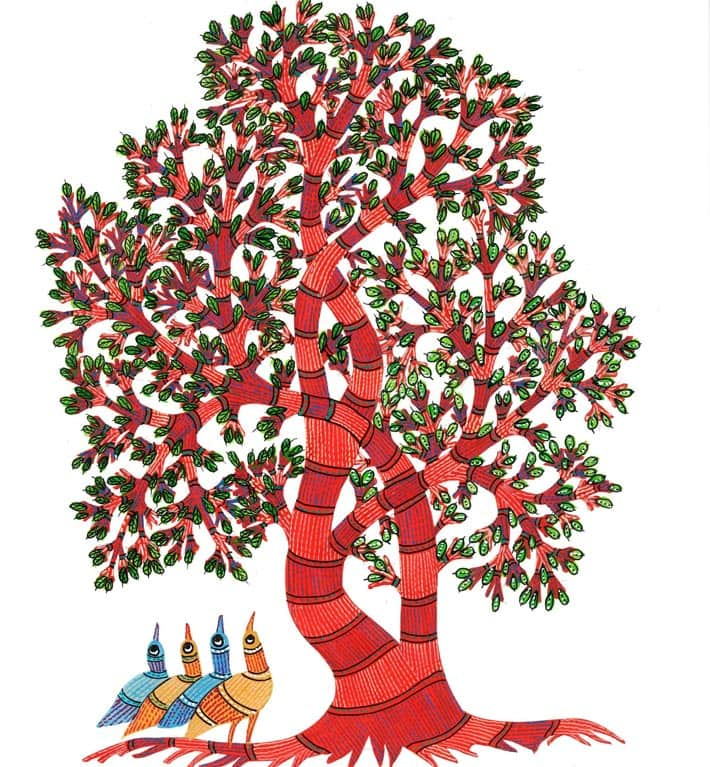
OTHER VOICES OF THE LITTLE ENCYCLOPAEDIA


